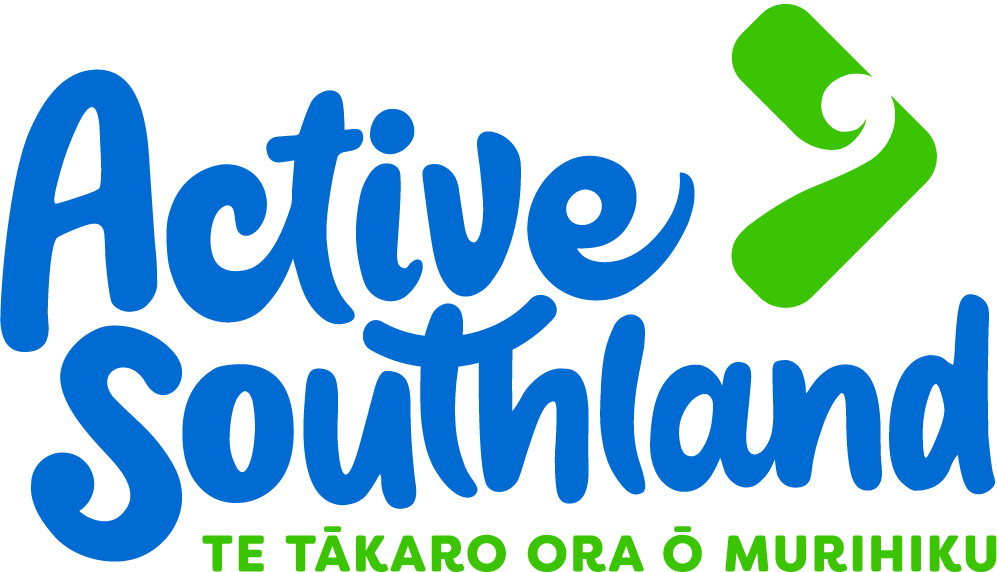
Calming the mind in the CBD
Hā ki roto, hā ki waho. Breathe in, breathe out, Reach to the sky, and breathe again. Feels good, doesn’t it? Calming.
A collaborative te ao Māori initiative aimed at helping people calm their mind and, in turn, improve their mental wellbeing, is being launched in the CBD.
The initiative features an interactive mural displaying a series of breathing exercises called Hikitia te Hā. It also links to a video via QR code, which will demonstrate the actions. As well as helping people practice mindfulness through breathing exercises, it also pays respect to the Maori atua (gods).
The He Pī Ka Rere network, a group of early childhood and education sector providers brought together by Healthy Families Invercargill, created the mural and video after adapting the Hikitia te Hā concept originally developed by education lecturer Rawiri Hindle.
Healthy Families Invercargill lead systems innovator Stella O’Connor said as well as helping calm the mind and improve mental wellbeing, the breathing exercises were also a way to inspire others in the community to learn about and embrace Māori culture.
The video features children from Waverley Park School, Te Kohanga Reo o Te Aho Matua, Waverley, Glengarry, and Rockdale Park Kindergartens, and is led by Nadine Young, former mauri ora kaiarahi with Awarua Whanau Services.
“This is a great example of organisations in our education sector helping to build healthier communities together,” O’Connor said.
“It’s been awesome to see the passion the organisations have for embracing the activity.”
Waverley Park School teacher Raiha Johnson said the kura was thrilled to be involved in the initiative with Sport Southland.
“Hikitia te Hā was already a programme that we were using in our kura as a way of calming and focusing tamariki - mind and body. The kids know it well and absolutely love the programme. They are able to connect their prior knowledge of atua Māori and enjoy whole body movements to acknowledge the atua.
“Our kura has developed a really strong reciprocal relationship with Sport Southland on different kaupapa that support matauranga Māori (Māori knowledge / perspective). So when this opportunity came up, of course we were interested to be involved again with the team. We trust the team and understand their passion and drive to encourage and support the inclusion of Māori perspectives wherever possible.”
It was hugely important for tamariki, both Māori and non- Māori, to see themselves, their language, and their culture, reflected in their town and in their communities, she said.
Initiatives such as Hikitia te Hā supported the validation and legitimisation of te ao Māori perspectives, normalised te ao Māori and te reo Māori within the community, showing that it can be for everyone.
“The project celebrates Māori identity, language and culture and this in turn has a positive effect on all tamariki and especially Māori tamariki. It's important for our bicultural identity to be celebrated - this is the foundation of our country.”
“It's so important to celebrate our different identities, languages and cultures. It's our differences and what we can learn from each other that makes our unity even more special and rich.”
Rockdale Kindergarten teacher Leonelle Springford said the children had enjoyed being involved in the filming of the Hikitia te Hā video and creating the mural, and had even used their own adaptations to the movements based on their understanding of the atua.
The kindergarten weave pūrākau (stories and legends) through their curriculum and the children had a deep understanding of the qualities of the atua, and through their learnings they demonstrated and recognised those qualities.
They used the Hikitia te Hā breathing exercises before mat time to help calm the children, and it worked extremely well, she said.
“We started introducing that because sometimes when it came to mat time the children were a bit hyped up from being outside and it was just a way of calming down and relaxing and then we just started to just use it as a tool to support mat time...”
Incorporating Hikitia te Hā and other tikanga into their daily activities had become second nature, she said.
“Because it’s become our normal we don’t see it as a specific bicultural practice, it’s our normal now....it’s just what we do.”
Article added: Tuesday 08 December 2020
INVERCARGILL
Active Southland, ILT Stadium Southland, Surrey Park Road, Invercargill 9810
Active Southland, PO Box 224, Invercargill 9840
03 211 2150 | active@activesouthland.co.nz
GORE
Gore Multisports Complex 20 Wayland Street West (off Robertson St) Gore
Gore Multisports Complex P O Box 8 Gore
